With the development of global building standards, the requirements for roofing materials have become increasingly stringent. Traditional roofing materials, such as cement tiles, clay tiles, and metal roofing, often exhibit limitations under extreme weather conditions. Their heavy weight, fragility, and frequent maintenance needs make them less suitable for the diverse demands of modern architecture.
In recent years, resin-based roofing tiles, especially ASA (Acrylonitrile-Styrene-Acrylate) resin tiles, have emerged as an innovative solution. Chinese ASA resin tile have attracted attention for their outstanding weather resistance, long-term durability, and ability to withstand extreme climates. These materials offer advantages in performance, aesthetics, and lightweight design, making them a preferred choice for residential and commercial roofing projects.
What is ASA?
ASA (Acrylonitrile-Styrene-Acrylate) is a thermoplastic polymer known for its excellent UV resistance, impact strength, and dimensional stability. In roofing applications, ASA resin can maintain stable performance and appearance under prolonged sunlight exposure, rainfall, and temperature fluctuations.
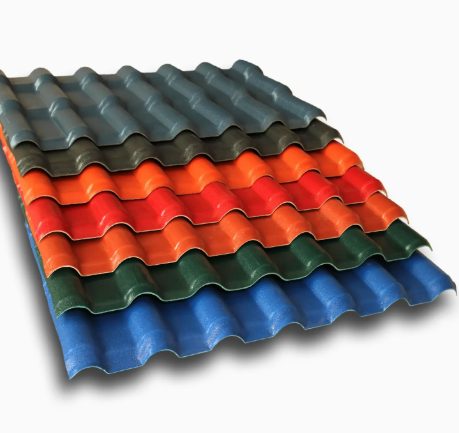
Key Features of ASA Resin Tiles
High UV Resistance: Prevents sun damage and maintains color stability over time.
Strong Weather Resistance: Can withstand heavy rain, strong winds, and extreme temperature changes.
Long-Lasting Color: Retains vibrant color for years, reducing maintenance frequency.
Typical Applications
Residential and villa rooftops
Commercial buildings
Coastal and extreme climate regions
ASA resin tiles combine aesthetic appeal, durability, and adaptability, making them suitable for a wide range of building environments.
Core Weather-Resistant Performance
1.UV Resistance and Color Stability
In areas with strong sunlight, fading and aging are significant concerns for roofing materials. Compared to traditional cement and clay tiles, ASA resin tiles offer significantly higher UV resistance, ensuring that rooftops remain attractive over many years.
| Material Type | UV Resistance Level | Color Retention (Years) | Typical Application |
|---|---|---|---|
| ASA Resin Tile | High | 10–15 | Sunny regions, residential, villa |
| PVC Resin Tile | Medium-High | 8–12 | Industrial buildings, warehouses |
| Composite Resin Tile | High | 12–15 | Coastal areas, extreme climates |
| Cement Tile | Low | 3–5 | Mild climates, requires periodic refurbishment |
| Clay Tile | Medium | 5–8 | Standard residential, color prone to fading |
The table shows that ASA resin tiles outperform traditional roofing materials in UV resistance and color retention, maintaining rooftop aesthetics over the long term.
2.Wind and Rain Resistance
Resin tiles can withstand strong winds, heavy rainfall, and extreme temperature changes, whereas traditional tiles are prone to cracking and require frequent maintenance.
Extreme climate performance: Tests show that ASA resin tiles maintain structural integrity under wind speeds exceeding 200 km/h and heavy rainfall without displacement or damage.
Coastal applications: In typhoon-prone areas, rooftops with ASA resin tiles have a significantly lower damage rate compared to cement or clay tiles.
This performance ensures long-lasting roof durability while protecting the building structure from rain and wind damage.
3.Temperature Adaptability
ASA resin tiles remain stable in both high and low temperatures, resisting deformation or cracking.
Temperature range: Tests indicate they can maintain structural stability between -40°C and +80°C.
Thermal cycling resistance: Daily temperature fluctuations do not cause cracks or deformation.
| Material Type | Temperature Range | Structural Stability | Notes |
|---|---|---|---|
| ASA Resin Tile | -40°C to +80°C | Excellent | Maintains shape under thermal cycling |
| PVC Resin Tile | -30°C to +70°C | Good | Slight expansion at prolonged high temps |
| Composite Resin Tile | -40°C to +80°C | Excellent | Suitable for extreme climates |
| Cement Tile | -20°C to +60°C | Average | Prone to cracking during freeze-thaw cycles |
| Clay Tile | -15°C to +55°C | Average | Affected by thermal expansion/contraction |
The temperature adaptability of ASA resin tiles makes them suitable for a wide range of applications, from tropical to cold regions.
Technical Advantages
Chinese-made ASA resin tiles not only excel in material selection but also demonstrate outstanding weather resistance and extreme climate adaptability through their unique technical design and manufacturing processes. The following details their advantages in molecular structure, surface treatment, structural design, and construction technology:
1.Molecular Structure and UV Resistance
The molecular chains of ASA consist of acrylonitrile, styrene, and acrylate, providing natural advantages:
- High UV absorption: The acrylate component absorbs and disperses UV energy, effectively reducing damage to the resin chains, maintaining long-term mechanical performance and color stability.
- Aging resistance: Crosslinked and flexible segments in the molecular structure reduce microcracking under high or low temperatures, extending service life.
- Chemical resistance: ASA naturally resists acid rain, air pollutants, and marine salt spray, making it suitable for coastal or industrial buildings.
This molecular-level durability is key to the long-term stable performance of ASA resin tiles.
2.Surface Treatment and Color Longevity
Beyond the material itself, the surface coating process plays a critical role in maintaining long-term weather resistance:
- Multi-layer composite coatings: Surfaces typically have a transparent protective layer and UV-resistant coating, enhancing gloss and preventing fading.
- Color uniformity: High-precision color masterbatches ensure consistent color across all tiles, avoiding discoloration from sunlight exposure.
- Pollution protection: Coatings provide dust, moss, and water resistance, keeping tiles clean even under prolonged exposure to rain and dust.
These surface technologies allow ASA resin tiles to retain stable color and visual appeal for 10–15 years or more, reducing maintenance needs.
3.Structural Design and Wind-Rain Resistance
ASA resin tiles feature structural designs that enhance wind and rain resistance:
- Interlocking tile design: Edges are interlocked, preventing tiles from being lifted or displaced under strong winds.
- Flexible toughness: The material absorbs wind and impact forces, preventing cracking or breaking.
- Impact testing: Experiments show that ASA resin tiles maintain integrity under high-speed winds or heavy impacts.
This structural design makes resin tiles suitable for typhoons, heavy rain, and snow in extreme weather environments.
4.Lightweight and Construction Optimization Technology
The lightweight nature of ASA resin tiles facilitates transportation and installation while reducing roof load:
- Weight advantage: Each square meter weighs only 50–70% of traditional cement tiles, significantly lowering roof pressure.
- Quick installation technology: Standardized dimensions and interlocking designs shorten construction cycles, improve installation precision, and reduce labor costs.
- Flexible cutting: Tiles can be cut to fit roof slopes and complex building shapes, enhancing construction adaptability.
Lightweight design also reduces the need for additional structural reinforcement, making renovation and retrofitting projects more economical and feasible.
5.Advanced Heat and Cold Resistance
ASA resin tiles undergo rigorous thermal cycling tests, demonstrating excellent temperature adaptability:
- High temperature resistance: Tiles do not significantly expand or deform under continuous sun exposure.
- Low temperature resistance: Maintains flexibility at temperatures as low as -40°C without cracking.
- Thermal cycling adaptability: Daily temperature fluctuations do not affect tile structure, ensuring long-term reliability.
This temperature adaptability allows ASA resin tiles to be used in projects ranging from tropical hot regions to cold climates.
6.Environmental and Sustainability Technology
ASA resin tiles also reflect eco-friendly technological advantages during production and use:
- Low-energy production: Advanced injection molding and extrusion processes reduce energy consumption and emissions.
- Recyclable materials: Waste tiles can be crushed and reprocessed into new tiles or other plastic products.
- Green building compatibility: Meets multiple environmental standards, suitable for green building certification projects.
Through technological innovation, ASA resin tiles not only deliver excellent performance but also align with sustainable development principles.
Applications and Case Studies
1.Coastal Residential Projects
ASA resin tiles resist salt spray corrosion and maintain long-lasting color.
Suitable for villas, seaside residences, and resort areas.
2.High UV Exposure Areas
Long-term color retention reduces maintenance needs.
Ideal for homes in desert regions or areas with intense sunlight.
3.Typhoon-Prone Regions
Roofs demonstrate excellent wind resistance, reducing damage.
Significantly lowers repair costs and safety risks.
4.Renovation and Retrofit Projects
Lightweight design makes them suitable for upgrading old roofs without additional structural reinforcement.
High durability reduces long-term maintenance frequency.
Case studies indicate that in coastal cities and high-end residential projects, ASA resin tile roofs maintain their aesthetic appeal and reliability over time, while offering high installation flexibility.
Maintenance and Service Life
ASA resin tiles are designed for a service life exceeding 30 years. Combined with UV resistance and outstanding weatherability, they significantly reduce maintenance requirements.
| Material Type | Expected Lifespan | Maintenance Frequency | Notes |
|---|---|---|---|
| ASA Resin Tile | 30+ years | Low | Color-stable, crack-resistant |
| PVC Resin Tile | 20–25 years | Medium | Requires monitoring over time |
| Composite Resin Tile | 25–30 years | Low | High weather resistance |
| Cement Tile | 15–20 years | High | Needs regular inspection |
| Clay Tile | 20–25 years | Medium | Brittle, prone to fading |
The long-term durability and low maintenance costs make ASA resin tiles advantageous both environmentally and economically.
Why Choose Chuanya Building's Chinese ASA Resin Tile?
Chuanya Building ensures superior quality and reliability through:
Strict Quality Control and Testing Systems
Their production facility features an extreme climate simulation lab to replicate high/low temperatures, strong winds, heavy rain, and hail. Products undergo freeze-thaw cycles, UV aging, wind load, and chemical corrosion tests.
Raw material procurement is rigorously monitored, with production processes including material inspection, process supervision, and batch tracking to ensure consistent tile performance.
Customizable product specifications—including size, thickness, and color—support diverse project requirements.
Outstanding Weather Resistance and Extreme Climate Adaptability
ASA resin tiles use high UV-resistant materials and surface treatments to maintain long-term color stability under intense sunlight.
Proven performance in extreme heat, cold, high humidity, strong wind, and coastal salt-spray conditions ensures structural integrity, crack resistance, and wind-load strength.
Lightweight design reduces roof load, especially beneficial for renovations or structurally limited buildings.
Cost-Effectiveness and Construction Convenience
Although initial material cost per square meter may be slightly higher, their durability, low maintenance frequency, and long lifespan provide advantages over the lifecycle cost (LCC).
Quick installation, ease of handling, and reduced structural load lower overall construction costs.
Chuanya Building provides an integrated service workflow from material selection, custom production, logistics, to technical support, facilitating smooth project execution.
Design Diversity and Aesthetic Compatibility
ASA resin tiles are available in various colors and textures (stone, wood, antique patterns), suitable for residential, villa, and commercial building styles.
Long-lasting color and texture harmonize with overall architectural aesthetics, enhancing visual value.
Custom services allow adjustment of tile size, color, and patterns to match roof slope and building design.
Environmental and Sustainability Commitment
Materials include recyclable components; old tiles can be crushed and reprocessed, reducing construction waste.
Production uses energy-efficient equipment and low-emission processes, aligning with green building trends.
Long service life and low maintenance reduce resource consumption and environmental impact over time.
Service and Support System
Chuanya Building has a professional after-sales team providing installation guidance, on-site support, and maintenance advice to ensure smooth project progress.
Complete product specifications, inventory management, and strong domestic and international shipping capabilities support large-scale project delivery.
Chinese-manufactured ASA resin tiles represent a significant advancement in roofing material technology. Their exceptional UV resistance, adaptability to extreme temperatures, and wind and rain resilience make them suitable for a wide range of climates and building types.
Extreme Weather Adaptability: Capable of withstanding typhoons, heavy rain, and extreme temperature fluctuations.
Durable and Lightweight: Reduces roof load while providing long-term protection.
Eco-Friendly and Low Maintenance: Long service life and recyclable, minimizing environmental impact.
ASA resin tiles offer a reliable solution for modern construction, combining long-term performance, aesthetic stability, and sustainability.









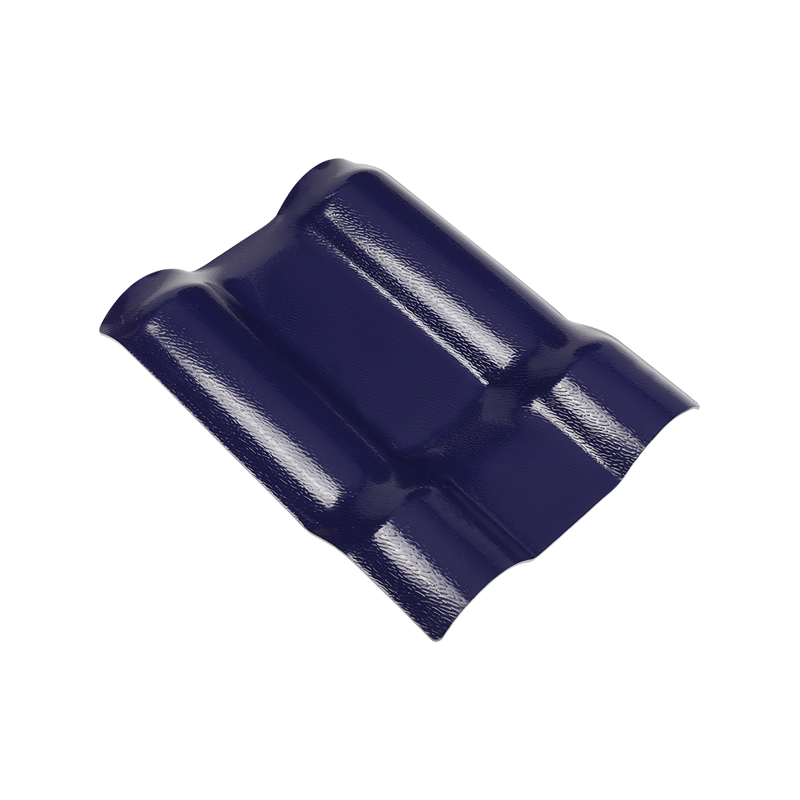


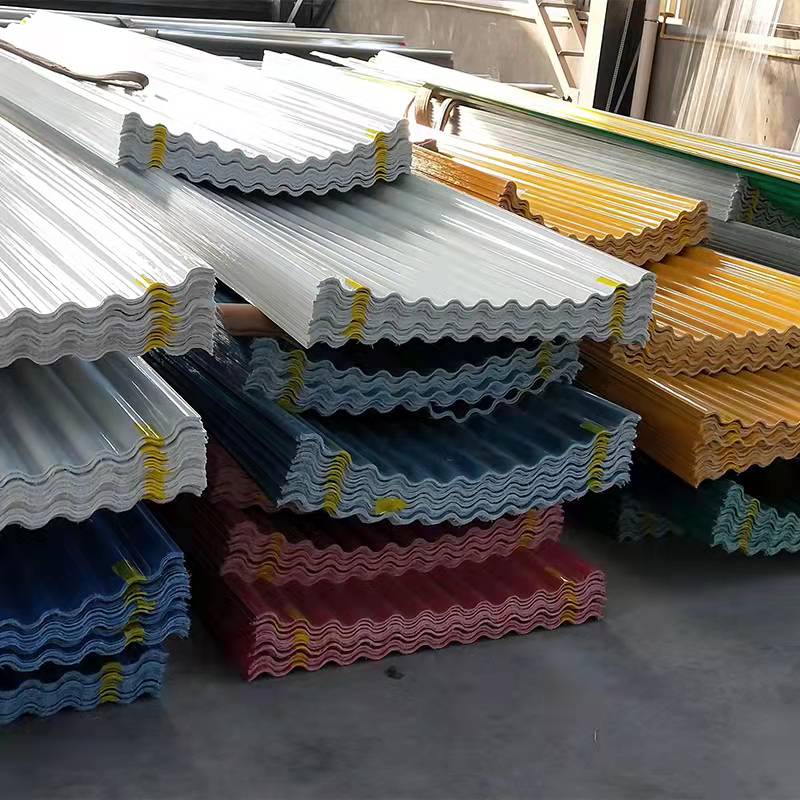
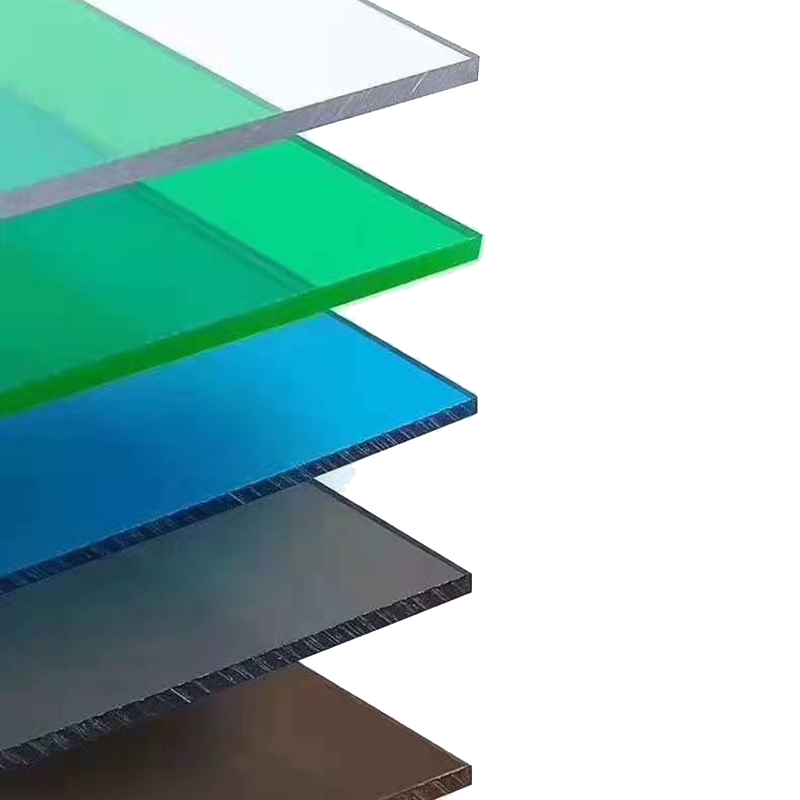

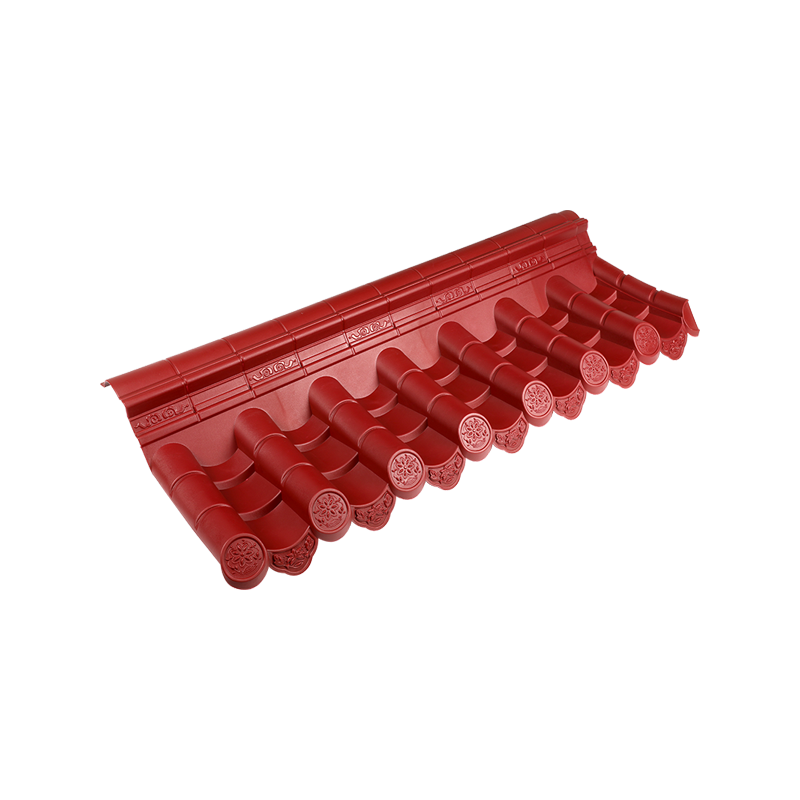


 Email:
Email: Phone:
Phone: Adress:
Adress: